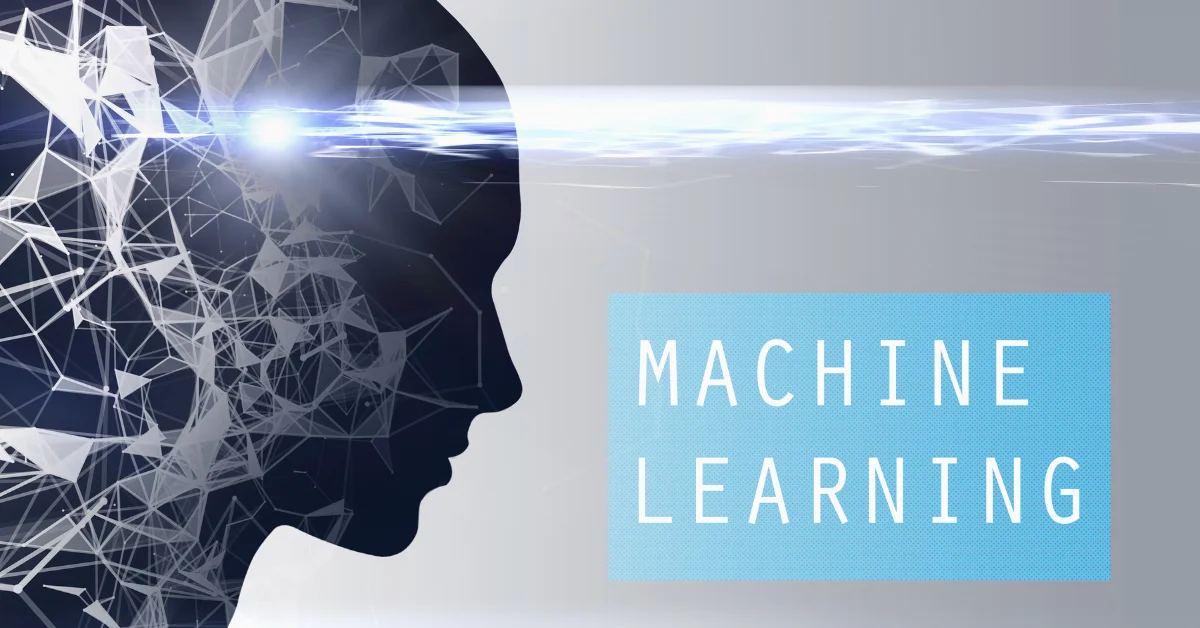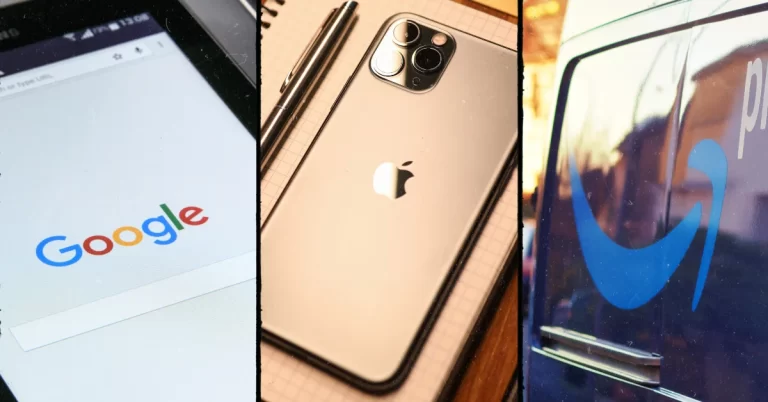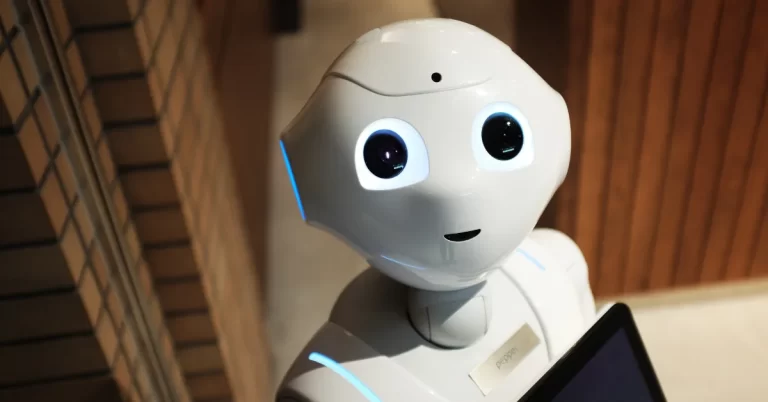Patenting Machine Learning Algorithms: Challenges and Strategies
Have you created a brilliant machine learning algorithm that could revolutionize an industry? Getting patent protection for it might be trickier than you think. As someone who has helped numerous tech companies navigate this complex landscape, I’ve seen firsthand how the right approach can make all the difference between securing valuable protection and walking away empty-handed.
Why Patenting Machine Learning Is Complicated
Machine learning patent applications face unique challenges that other technologies don’t. If you’ve tried to patent ML innovations, you might have run into some of these roadblocks already.
The “Abstract Idea” Problem
The biggest hurdle for machine learning patents is something patent attorneys call “subject matter eligibility” or the “Section 101 problem,” named after the section of patent law that defines what can be patented.
In 2014, the Supreme Court made a landmark decision in a case called Alice Corp. v. CLS Bank International. The Court established a two-step test to determine if a computer-implemented invention is just an “abstract idea” (which can’t be patented) or a patentable application:
- Is the claim directed to an abstract idea?
- If yes, does the claim add “something more” that transforms the abstract idea into a patent-eligible application?
For machine learning algorithms, this created a significant roadblock. The USPTO often considers mathematical algorithms and mental processes as “abstract ideas.” Since machine learning is fundamentally based on mathematical operations, patent examiners frequently reject ML applications under Alice.
Real-World Impact
A machine learning engineer I worked with spent two years developing a revolutionary recommendation algorithm for e-commerce. When we filed the patent application focusing primarily on the algorithm itself, the examiner rejected it as “just math” – an abstract idea with no meaningful application beyond running calculations on a computer.
This story is all too common in the ML patent world. The good news? There are effective strategies to overcome these challenges.
Strategies for Successfully Patenting ML Innovations
After helping clients navigate these waters for years, I’ve identified several approaches that significantly improve your chances of getting ML patents granted.
1. Focus on Technical Applications, Not Just Algorithms
The most successful ML patent applications emphasize specific technical problems and how the algorithm solves them. Instead of claiming the algorithm in the abstract, frame it as a solution to a technical challenge that couldn’t be solved through conventional means.
Example: Rather than claiming “a neural network for image classification,” focus on “a computer-implemented method of detecting manufacturing defects using a neural network that processes factory camera feeds to identify microscopic flaws undetectable by traditional computer vision techniques.”
The second approach ties the algorithm to a specific technical application and highlights improvements over existing technology.
2. Emphasize Hardware Integration
Patent applications that connect ML algorithms to specialized hardware or show how they improve hardware performance are more likely to overcome eligibility challenges.
Example: If your ML algorithm makes GPUs run more efficiently or allows specialized AI chips to process information faster, emphasize these technical improvements in your patent claims.
A startup I advised integrated their natural language processing algorithm with custom semiconductor architecture. By focusing on how the algorithm and hardware worked together to achieve better performance, they secured a strong patent despite the algorithm itself being relatively straightforward.
3. Highlight Technical Improvements
The USPTO is more receptive to ML patents that demonstrate clear technical improvements over previous solutions. Focus on measurable enhancements like:
- Reduced computation time
- Lower power consumption
- Improved accuracy for technical problems
- Better use of computer resources
- Enhanced security
Example: An autonomous vehicle company successfully patented their object detection algorithm by demonstrating it could identify pedestrians in poor visibility conditions with 40% better accuracy while using 30% less computing power than previous methods.
4. Be Specific About Implementation Details
Vague, high-level descriptions of ML algorithms face more scrutiny than applications with detailed implementation specifics. Include:
- Network architecture details
- Training methodologies
- Data preprocessing techniques
- Model optimization approaches
The more specific you are about the technical implementation, the less likely your application will be viewed as an “abstract idea.”
5. Draft Claims at Multiple Levels of Abstraction
A strategic patent application includes claims at different levels of abstraction:
- System claims (hardware + software working together)
- Method claims (steps for implementing the algorithm)
- Computer-readable medium claims (software perspective)
This multi-layered approach provides fallback positions if some claims are rejected during examination.
Recent Developments Improving the Landscape
The good news for ML innovators is that the patent landscape has been gradually improving. Recent developments have made it somewhat easier to patent ML inventions:
USPTO Guidance
In 2019, the USPTO issued revised guidance on subject matter eligibility that created more room for software and ML patents. The guidance clarified that not all software is automatically an “abstract idea” and provided examiners with more specific tests for evaluating AI applications.
Court Decisions
Several Federal Circuit decisions have upheld AI and software patents when they demonstrate technical improvements. Cases like McRO v. Bandai and Enfish v. Microsoft have established precedents favorable to technical software innovations.
Success Stories
Despite the challenges, many companies have successfully patented ML innovations:
- Google has secured patents for its search ranking algorithms
- Microsoft holds patents on various ML prediction systems
- IBM has patented numerous AI and ML technologies
- Smaller companies and startups are increasingly successful in this space
A Strategic Approach to ML Patenting
Based on my experience helping clients navigate this complex landscape, here’s a strategic approach for maximizing your chances of ML patent success:
Step 1: Evaluate Patent Eligibility Early
Before investing significant resources in a patent application, assess whether your ML innovation has features that make it more likely to be patent-eligible:
- Does it solve a specific technical problem?
- Does it improve computer functionality?
- Is it tied to specific hardware or technical applications?
- Does it include non-conventional elements beyond the algorithm itself?
Step 2: Document Technical Improvements
Keep detailed records of how your ML innovation improves upon prior approaches:
- Performance benchmarks
- Efficiency gains
- Technical limitations of previous solutions
- Novel technical features of your approach
This documentation becomes crucial evidence during patent prosecution.
Step 3: Consider a Pre-Filing Search
A targeted patent search can help identify similar applications that have been granted or rejected. This intelligence allows you to:
- Learn from successful applications in your field
- Avoid approaches that have led to rejections
- Identify opportunities to highlight the uniqueness of your innovation
Step 4: Draft Claims Strategically
When drafting claims:
- Start with specific technical implementations
- Include system claims that integrate hardware
- Focus on tangible results and improvements
- Avoid claims that could be interpreted as covering mental processes
- Use technical language rather than business or functional terminology
Step 5: Prepare for a Long Process
ML patent applications often face multiple office actions and rejections before being granted. Be prepared for:
- Detailed technical arguments with examiners
- Potential claim amendments
- Possibly appealing initial rejections
- Expert declarations if needed to explain technical nuances
Step 6: Consider a Global Strategy
Patent laws regarding ML vary significantly around the world:
- The European Patent Office often focuses on “technical effect”
- China has been increasingly receptive to AI patents
- Japan has specific guidelines for AI-related inventions
A global patent strategy should account for these differences.
Real-World Examples: Success and Failure
Success Story: Computer Vision Patent
A computer vision startup I worked with developed an algorithm for identifying objects in low-resolution satellite imagery. Their initial patent application was rejected under Section 101 as an “abstract idea.”
We revised the application to emphasize:
- The specific hardware configuration used
- Technical challenges of processing low-resolution imagery
- Detailed implementation of their unique convolutional neural network
- Quantifiable improvements in processing speed and accuracy
After these revisions, the patent was granted and became a valuable asset when the company was later acquired.
Failure Story: Financial Prediction Algorithm
A fintech company developed a sophisticated ML algorithm for predicting market movements. Despite the algorithm’s complexity and unique approach, their patent application was repeatedly rejected.
The application focused primarily on the mathematical operations and the business outcome (better investment returns). It lacked:
- Technical implementation details
- Hardware considerations
- Technical improvements beyond the financial prediction itself
Despite multiple amendments, the application was ultimately abandoned.
The Future of ML Patenting
The landscape for ML patents continues to evolve. Recent trends suggest:
- Increasing acceptance of ML patents when properly framed
- Greater emphasis on technical implementations rather than abstract algorithms
- More consistent examination guidelines from patent offices
- Growing importance of international patent strategies
For innovators in the ML space, understanding these trends and adapting your patent strategy accordingly will be crucial for protecting your intellectual property.
Key Takeaways
If you’re considering patenting your machine learning innovation, remember these key points:
- Focus on technical applications rather than abstract algorithms
- Highlight specific improvements in areas like efficiency, accuracy, or resource usage
- Include detailed implementation information in your application
- Connect your algorithm to hardware when possible
- Work with patent professionals experienced in ML who understand the unique challenges
- Be prepared for a potentially lengthy process with multiple rounds of examination
Machine learning patents may be challenging, but with the right approach, they’re definitely achievable. The extra effort to secure patent protection can result in valuable intellectual property that protects your innovation and creates business value.
As a patent agent with experience in both AI technology and patent law, I’ve helped many clients navigate these complex waters. While this article provides general guidance, each invention presents unique considerations. For specific advice about your ML innovation, consult with a registered patent attorney or agent with experience in this specialized field.






